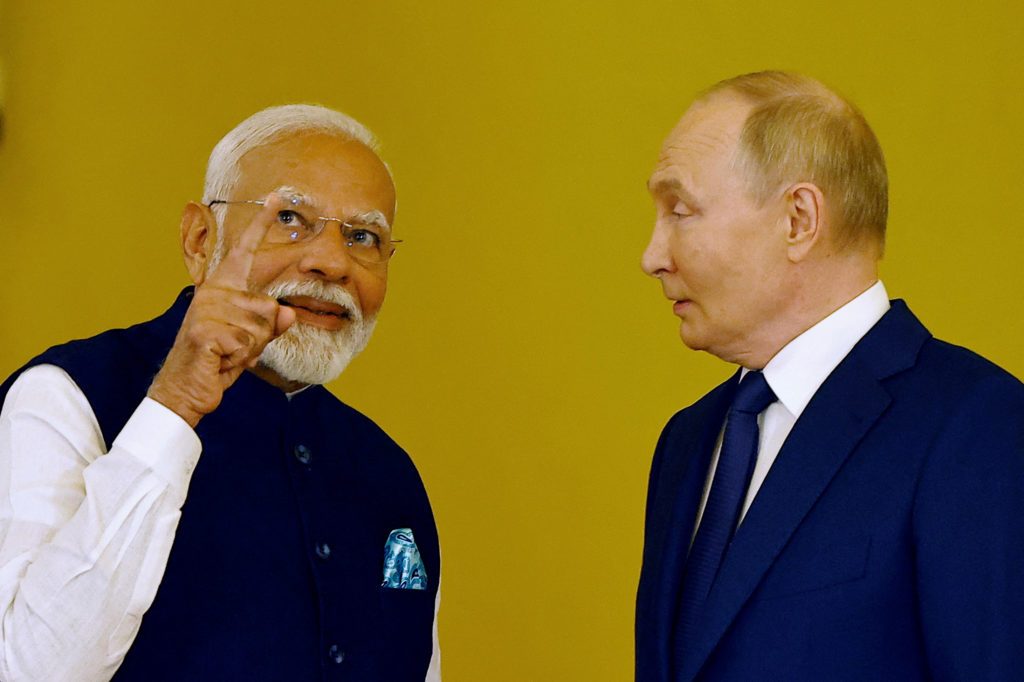India and the United States are approaching the conclusion of the first phase of a bilateral trade agreement that aims to ease the heavy tariffs imposed by the Trump administration.
The deal addresses the 50% tariffs on Indian goods and a reciprocal 25% penalty linked to India’s import of Russian oil, which have strained trade relations. Officials involved in the negotiations report that the first phase, focused on tariff reduction and improved market access, is nearly finalised and expected to be announced soon.
This agreement seeks to more than double bilateral trade from $191 billion to $500 billion by 2030 by expanding access in sectors such as almonds, pistachios, apples, ethanol, and genetically modified products.
Despite past challenges, India’s exports to the U.S. rebounded with a 14.5% rise in October 2025, helped by tariff exemptions in pharmaceuticals and smartphones, as well as increased imports of U.S. liquefied petroleum gas (LPG)—a move praised as historic by Petroleum Minister Hardeep Singh Puri.

Trade tensions have been complicated by India’s continued large-scale imports of Russian crude oil, valued at $52.7 billion in the past year, despite U.S. pressure to reduce these purchases. This shows India’s delicate diplomatic position as it prepares to host Russian President Vladimir Putin for strategic talks.
Agricultural products like tea, coffee, and spices are set to benefit from the rollback of U.S. reciprocal tariffs, which will exempt nearly $1 billion in Indian farm exports from duties. The progress in trade talks and tariff relief is expected to strengthen India-U.S. economic ties and help both sides meet ambitious trade growth targets by 2030.

